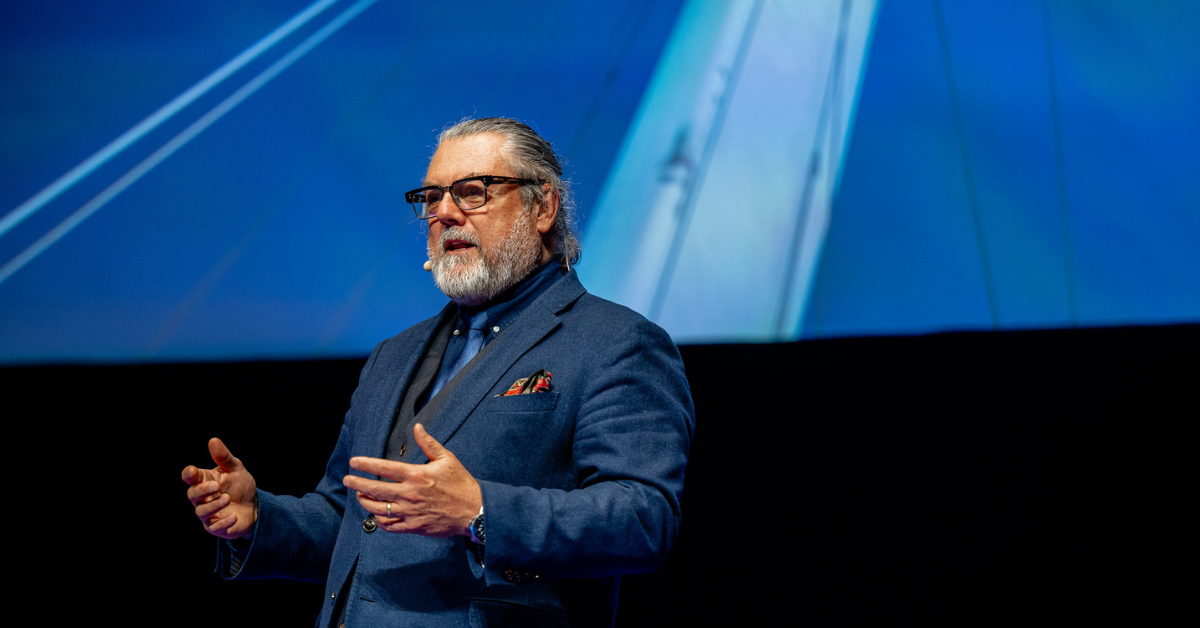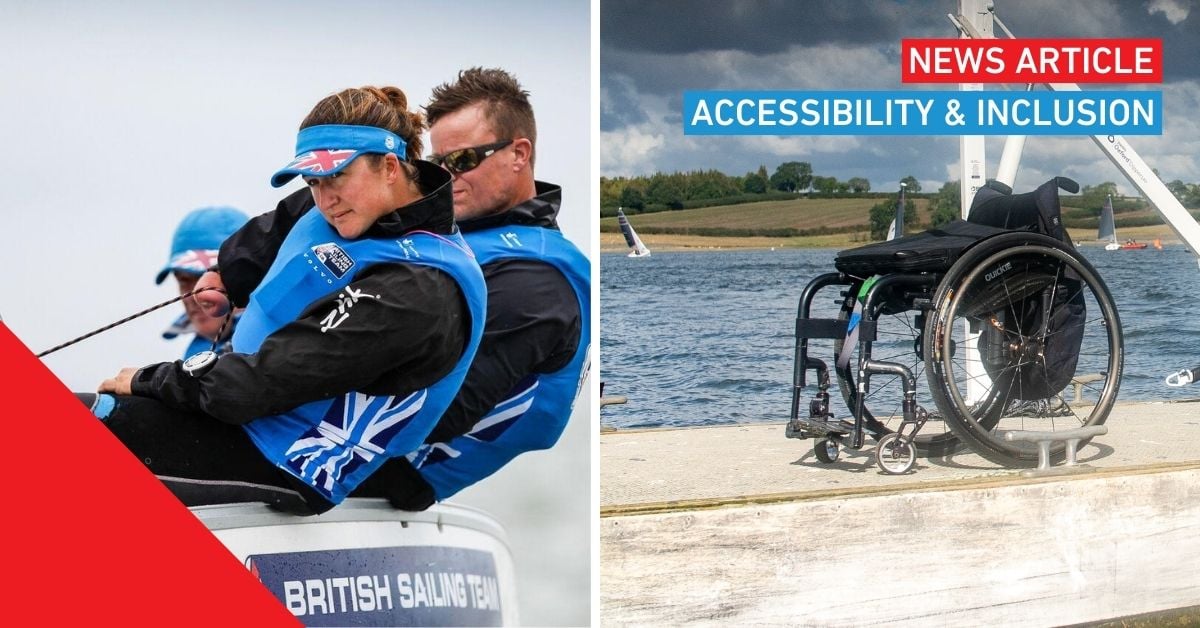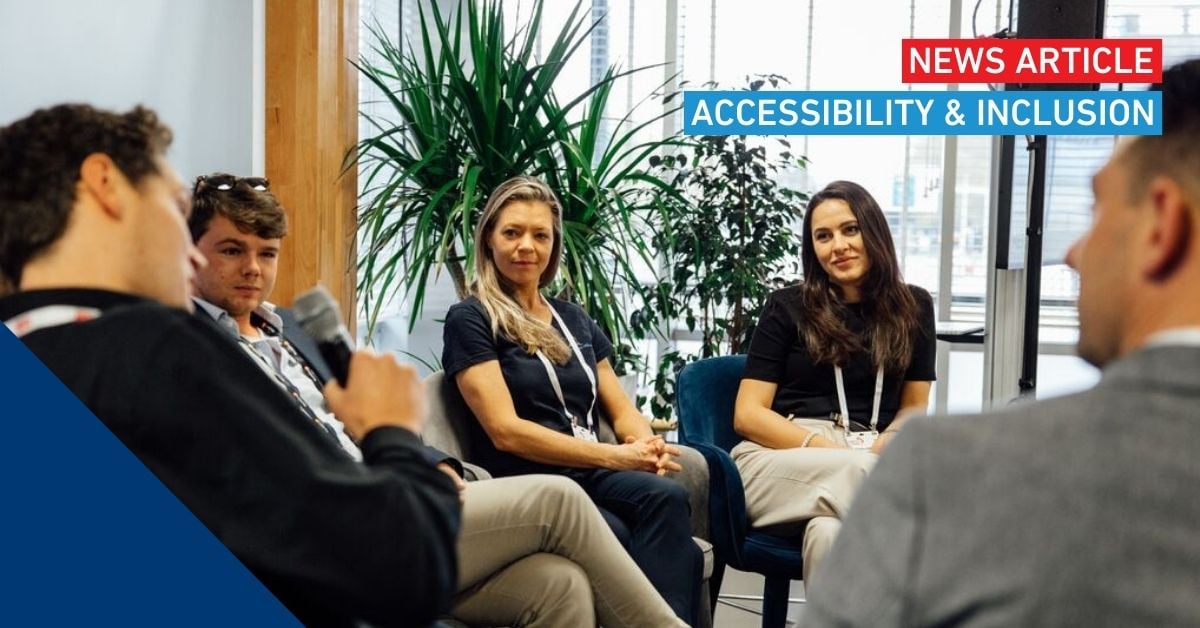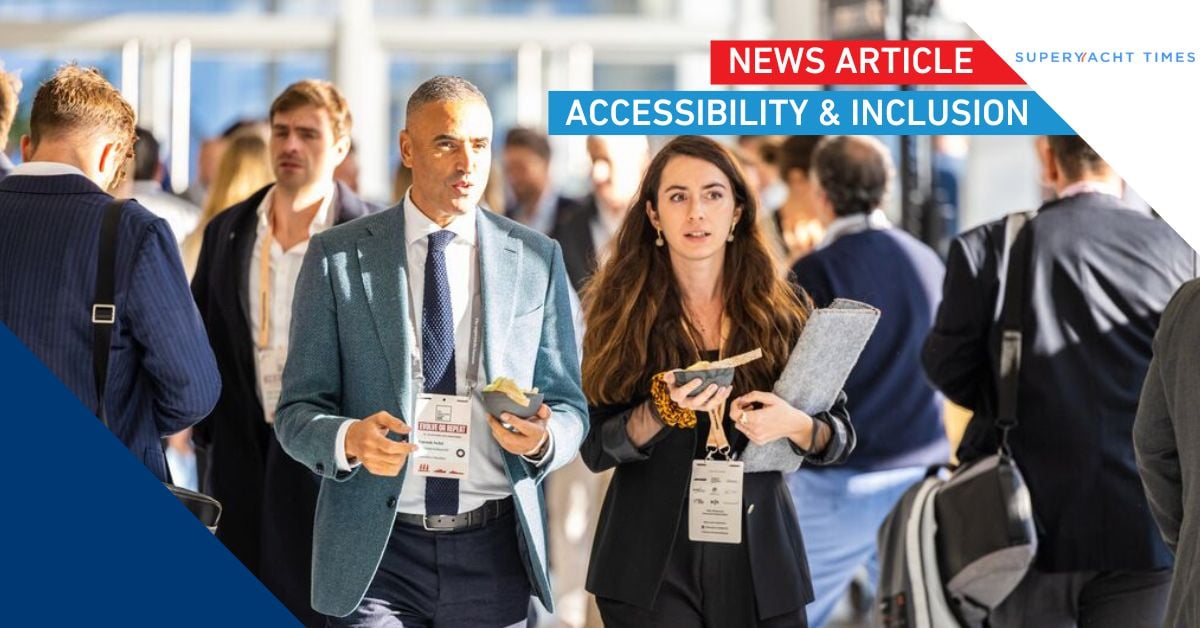Decarbonising recreational marine lessons and next steps
Following the release during Metstrade 2023 of ICOMIA’s influential research into pathways to decarbonise recreational marine propulsion, Metstrade 2024 provided the platform for updates on the report’s impacts to-date and intended next actions
ICOMIA (the International Council of Marine Industry Associations) published its widely anticipated Pathways to Propulsion Decarbonisation for the Recreational Marine Industry research report at Metstrade 2023. The conclusions of its 558 pages of objectively researched findings have since been presented in 20 countries around the world.
The report represents a substantial investment in the industry’s future. It is achieving widespread acceptance as a credible body of work, thanks to it being commissioned from leading global engineering consulting firm Ricardo, which in turn engaged with three independent bodies to examine the results before they were finalised.
A year on, ICOMIA took to the Metstrade Theatre stage to outline which key aspects of the report have proven important, how those indicators have been already used to good effect and what the next steps will be. ICOMIA President Darren Vaux, explained: “We need to support innovation across the whole market sector, ensuring that our decisions are based on hard data, and incorporating lifecycle assessment strategies in that process. We’ve had incredible conversations with regulators in all parts of the world where have been able to say that we have done the work and know what the answers are. That has allowed us to address perceptions. We want to provide science as a platform for decision making and regulation to overcome ideology.
“The issue with some authorities, particularly in developing parts of the world, is they address recreational boating from a commercial context. The 45 full cradle-to-grave LCAs (Life Cycle Assessments) in the report enable us to highlight the significant lower amount of engine running hours that occur in typical recreational use, compared to commercial maritime. The report also highlights that much of the carbon emitted through the lifecycle of a recreational boat is in the manufacturing phase.”
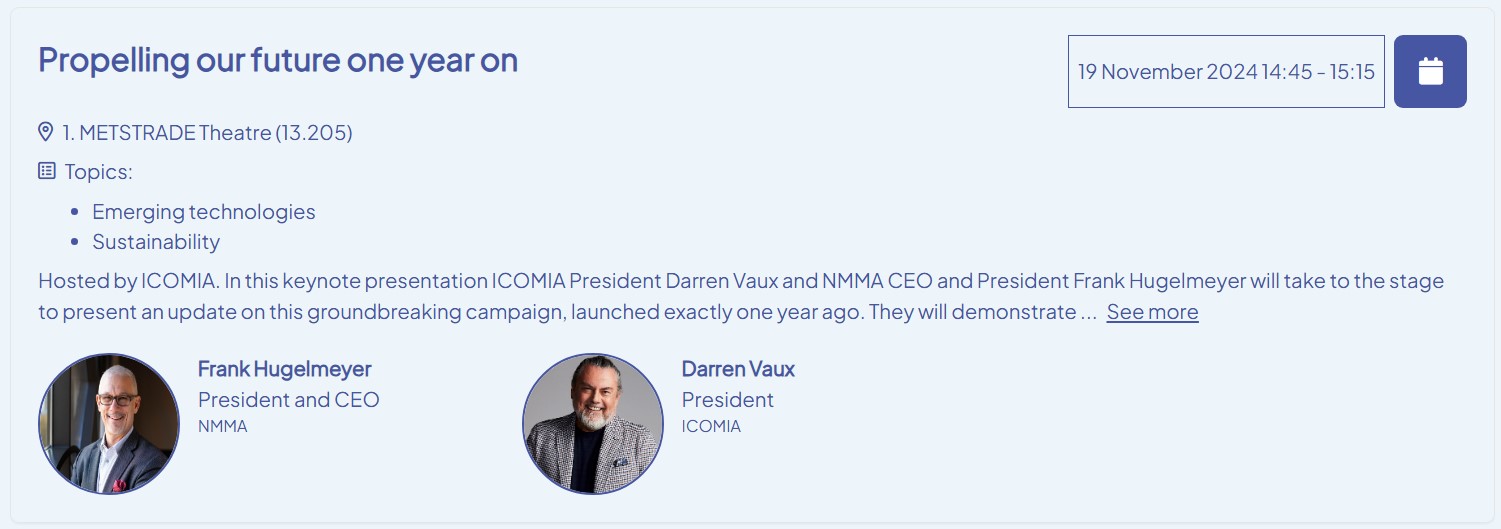
Fast-tracking immediate carbon reduction
If anyone was expecting the report’s findings to mirror the automotive sector’s dash towards pure electric propulsion as a solution, then it will have been a surprise. The reasons are obvious though why the recreational marine sector needs a broader range of options. Lifespans of vehicles are shorter and average usage much higher than recreational boats, where a key finding is that one technology most definitely does not fit all.
If the marine industry wishes to make immediate reductions in carbon emissions, it must factor in realistic solutions for the existing fleet as well as new builds, and for the very different use cases of certain types of boat, as US National Marine Manufacturers Association President and CEO, Frank Hugelmeyer, highlighted: “We have 12 million boats in the US right now with an average durability of 30-50 years. There’s an existing fleet worldwide of 30 million boats and only about a 2% turnover of boats each year, which means it’s going to take 40-50 years for us to refresh that fleet.
“To have an impact on our carbon footprint as an industry, you must ask which technology is going to give you the greatest reduction? Sustainable fuels provide an immediate 30% reduction if we can get them into the recreational use for the next 30-50 years. No other technology will get you into that place.
“There are very promising technologies coming forward including electric, hybrid, and hydrogen. But if any one of these was seen as a sole solution right now, we would see massive disruption, with a big impact on the ability of the industry to grow and move forward.”
The case for sustainable fuels
Illustrating the point using some of the researched data, Hugelmeyer explained how pontoon boats, a big seller in the US, would yield an immediate carbon emission reduction of 60% if powered by sustainable fuels. Solid research indicates this segment’s low mean annual average usage of an engine is just 35 hours. When analysed, it suggests you’d have to increase engine usage by 190% to achieve the same 60% carbon emission saving with electric propulsion, or 200% usage for hydrogen.
A displacement motorboat is estimated to achieve 40% reduction in carbon emissions by moving to sustainable fuels; to hit that same reduction you’d need 595% higher mean usage rate using electric propulsion or 490% with hydrogen. For a sailing yacht, the numbers are 355% and 342% respectively. For a high-performance motor yacht with a mean annual utilisation of around 138 hours and a lifespan of 50 years, you’d have to see a 700% increase in utilisation to make electric viable because using sustainable fuels drives a 90% reduction in carbon emissions.
“This is a very hard story to tell because the move to electric is being driven by on-surface transportation, not by recreational marine usage,” Hugelmeyer stated. “Where you have much smaller usage numbers, then you must look at different technologies. We want to make sure that the global marine industry can innovate its way through the challenges of sustainability and not be legislated into a path forward that may or may not be appropriate for multiple use cases. We must educate policymakers worldwide in a way that we haven’t had to before.”
Securing supplies of sustainable fuel
Hugelmeyer continued: “The current marine infrastructure can handle sustainable fuels and the current supply safety standards work with them too. What we don’t have is a supply and distribution network. The NMMA ran a sustainable fuels pilot project with Suzuki Marine in the US in the Tampa area and then at St Andrews Marina in Panama City, Florida. We learnt a lot, but how we scale that is the big question in terms of supply and distribution.
“Working with other like-minded associations outside of the marine industry is going to be critical to being able to create that supply because that makes it commercially viable for producers to prioritise it over existing fuel. The most likely opportunity will be to try and tap into the efforts of future large users of sustainable fuels, such as the airline industry.”
The future for electric and other alternatives
While the Pathways to Propulsion Decarbonisation report focuses a lot of attention on sustainable fuels as an immediate game changer, it also recognises that electric, hydrogen, hybrid and other alternative technologies will each have their place for certain applications. It’s going to take time to build the necessary infrastructure and safety codes, but there’s also strong evidence that these technologies will become more viable over time. On electric alone, there are regular announcements globally about improvements to battery energy density, safety and use of more sustainable materials that will widen the window of recreational boat use cases. So ICOMIA will continue its work, alongside its national marine industry association members, to persuade legislators of the need to recognise the relevance of a multi-technology approach to sustainable leisure boating.
ICOMIA will also be working with other partners to provide boat builders and industry innovators with access to LCA tools that they can rely on. “Technology will continue to develop, so we need to create the tools that enable innovators to analyse what they’re achieving,” Darren Vaux explained. “This is not just around energy sources – we found that 50% or more of the carbon footprint in new boats is in the manufacturing and supply chain processes involved in creating them. If we can provide tools for our industry to be able to evaluate those supply chain alternatives, that’s the way we’re going to make a significant impact on the carbon footprint of the new products that we’re building.”
Further information
ICOMIA has a dedicated website for the Pathways to Propulsion Decarbonisation for the Recreational Marine Industry report with a downloadable executive summary. Members of marine industry associations that belong to ICOMIA should be able to access the full report through their national association.
